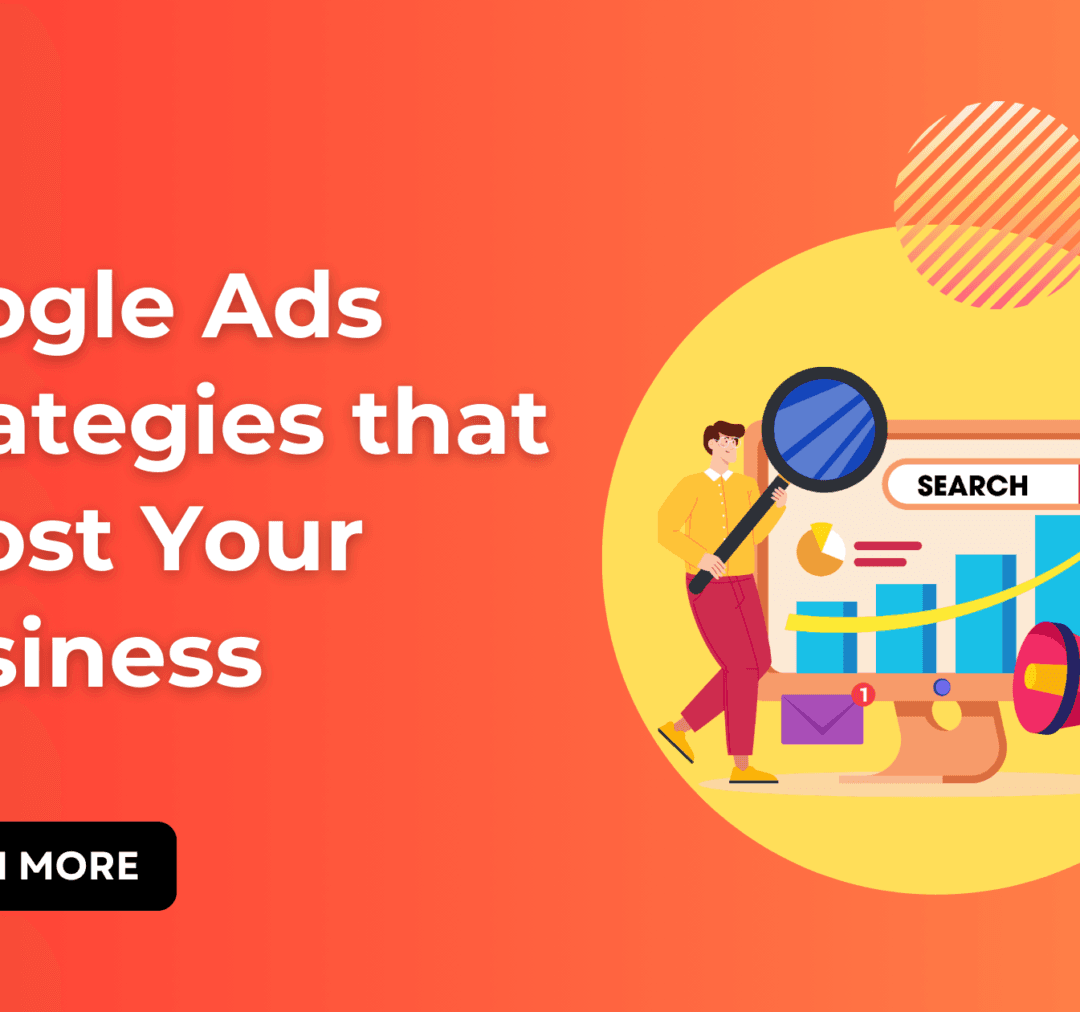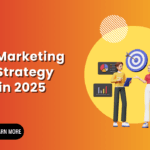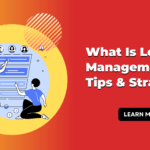In the digital marketing world, staying ahead of the competition requires strategic planning and execution. One of the most powerful tools at your disposal is Google Ads, an advertising platform that enables businesses to reach their target audience with precision. However, simply running ads isn’t enough—you need to implement the right Google Ads strategies to maximize return on investment (ROI) and ensure sustainable growth.
In this article, we’ll dive deep into actionable Google Ads strategies that will help you drive quality traffic, generate leads, and boost conversions. Whether you’re new to Google Ads or looking to refine your approach, this guide will equip you with expert insights.
What is Google Ads & Why Does It Matter?
Before we jump into advanced strategies, let’s understand how Google Ads work. Google Ads is a pay-per-click (PPC) advertising platform where businesses bid on keywords to display ads at the top of Google search results. Unlike organic search engine optimization (SEO), which takes time to yield results, Google Ads provides immediate visibility, helping businesses achieve rapid sales increases.
Why Businesses Need Google Ads
- Instant Visibility: Instead of waiting months for SEO efforts to bear fruit, businesses can rank on page one within hours of launching an ad campaign.
- Targeted Reach: Google Ads allows you to target audiences based on location, search intent, demographics, and browsing behavior.
- Budget Control: Unlike traditional advertising, Google Ads enables you to set a daily budget and control your spending.
- Measurable Results: Every click, impression, and conversion is tracked, making it easier to optimize your campaigns.
By leveraging Google Ads strategies, businesses can scale faster and reach the right audience efficiently.
How to Set Up a High-Converting Google Ads Campaign?
Launching an ad campaign is simple, but optimizing it for conversions requires strategic execution. Here’s how you can build a winning campaign from scratch.
1. Choosing the Right Campaign Type
Google Ads offers multiple campaign types, each catering to specific business needs. Selecting the right one is very important.
- Search Ads: These are text-based ads that appear on Google search results when users type relevant keywords. Ideal for businesses offering services or products people actively search for.
- Display Ads: These are visual banner ads that appear across Google’s Display Network, great for brand awareness and retargeting.
- Shopping Ads: Perfect for eCommerce businesses, showcasing products directly in Google’s search results with images and prices.
- Video Ads: These appear on YouTube, ideal for businesses looking to create engagement through video content.
- Performance Max Campaigns: An AI-driven campaign that automatically optimizes across multiple placements to maximize conversions.
By aligning your business goals with the right campaign type, you ensure that your ads are reaching the right audience.
2. Conducting Keyword Research for Maximum Conversions
Your campaign’s success depends on targeting the right keywords. Without proper keyword research, you’ll either attract the wrong audience or waste money on irrelevant clicks.
Types of Keywords to Focus On:
- High-Intent Keywords: These are keywords that show buying intent, such as “buy running shoes online” instead of just “running shoes.”
- Long-Tail Keywords: Less competitive but highly targeted keywords, such as how to advertise on Google or Google PPC strategies.
- Negative Keywords: These help you filter out irrelevant traffic. For example, if you’re selling premium watches, you should add “cheap” as a negative keyword to avoid unwanted clicks.
To find the right keywords, use tools like Google Keyword Planner, SEMrush, and Ahrefs.
Optimizing Google Ads for Maximum ROI
Setting up an ad campaign is just the beginning. The real game begins when you start optimizing it for better conversions.
1. Writing High-Performing Ad Copy
Your ad copy is the magnet that grabs attention and compels users to take action. A weak ad copy will result in low engagement, even if your targeting is perfect. Here’s how you can create persuasive ads:
- Compelling Headlines: Your headline should be clear and action-oriented. Instead of “Best Digital Marketing Services,” use “Get 3X More Leads with Expert Digital Marketing!”
- Powerful CTAs (Call-to-Actions): Tell users what to do next—“Book a Free Consultation,” “Get 50% Off Today,” etc.
- Using Numbers & Emotional Triggers: Ads with numbers like “Increase Your Sales by 250%” tend to perform better.
2. Optimizing Your Landing Page for Conversions
A great ad will bring traffic, but a poor landing page will lead to lost conversions. Ensure your landing page has:
- Fast Loading Speed (Google recommends under 3 seconds).
- Mobile-Friendly Design (Most searches happen on mobile).
- Clear Headline & CTA (Visitors should know exactly what to do).
- Trust Signals (Customer testimonials, ratings, security badges).
Advanced Google Ads Strategies to Skyrocket Sales

1. Audience Targeting & Retargeting
Not every visitor to your website will make a purchase or take action right away. Some may browse, explore, and leave without converting. That’s why remarketing is essential. Google Ads allows you to retarget users who have previously interacted with your website. Retargeting ads serve as reminders, nudging potential customers to return and complete their purchase. Additionally, you can use Lookalike Audiences to target new customers similar to your existing buyers.
2. Smart Bidding Strategies for Better Performance
Google offers different bidding strategies based on your campaign goal. The most effective ones include:
- Maximize Conversions: Uses AI to get as many conversions as possible within your budget.
- Target ROAS (Return on Ad Spend): Google automatically adjusts bids to maximize revenue.
- Enhanced CPC: Adjusts manual bids based on conversion probability.
3. A/B Testing for Continuous Improvement
Never settle for the first ad version. Always A/B test different elements of your campaign, including:
- Ad Headlines & Descriptions
- Images & Videos (for Display & Video Ads)
- Landing Page Variations
- Call-to-Action Buttons
Common Google Ads Mistakes to Avoid
- Targeting the Wrong Audience – Not using detailed targeting options results in wasted ad spend.
- Ignoring Negative Keywords – Failing to add negative keywords leads to irrelevant clicks.
- Not Tracking Conversions – Without proper tracking, you won’t know what’s working.
By avoiding these mistakes, you ensure that your campaigns are optimized for the best results.
Conclusion
Mastering Google Ads strategies isn’t just about running ads—it’s about running smart, high-converting campaigns that drive real business growth. Whether you’re looking to generate leads, increase website traffic, or achieve sales increases, optimizing every element—from keyword targeting to ad copies and bidding strategies—makes all the difference.
At Prashantji Services, we specialize in helping businesses leverage Google PPC strategies to dominate search results, maximize ROI, and attract high-quality leads. Our team understands the nuances of advertising a business on Google and crafts result-driven campaigns tailored to your success. So, if you’re ready to scale your business with Google Ads, take the next step today—because success isn’t about waiting; it’s about strategic action!
FAQs
Q1. How do I advertise my business on Google?
Ans: You need to create a Google Ads account, choose your campaign type, target the right audience, set a budget, and optimize your ads for better conversions.
Q2. How long does it take for Google Ads to work?
Ans: Most campaigns start showing results within days, but optimal performance usually takes a few weeks of optimization.
Q3. What is the best Google PPC strategy?
Ans: Using a combination of keyword research, audience targeting, smart bidding, and retargeting will yield the best results.
Q4. How can I reduce my CPC on Google Ads?
Ans: Improving Quality Score, refining ad targeting, and using negative keywords effectively can help lower CPC.








